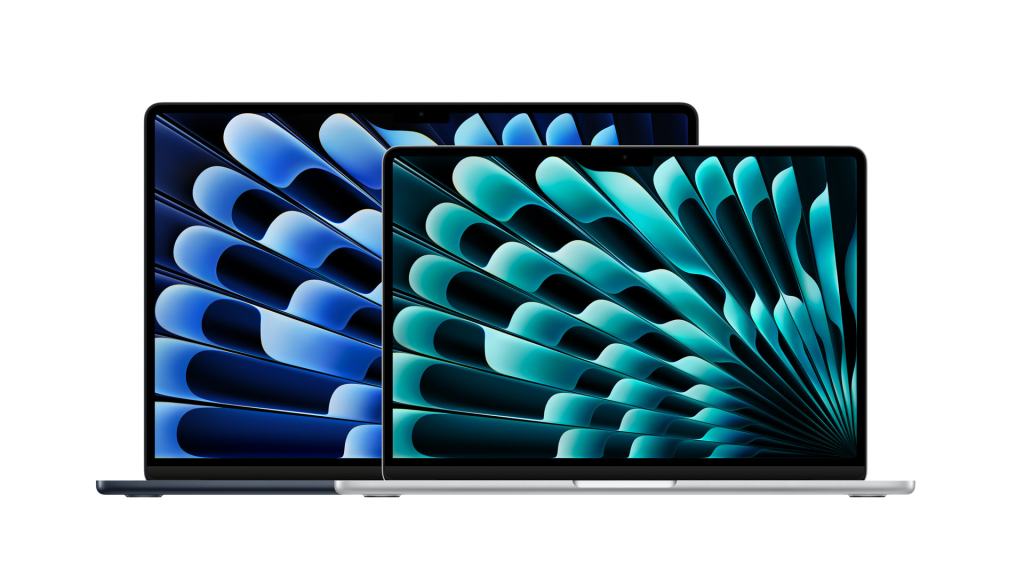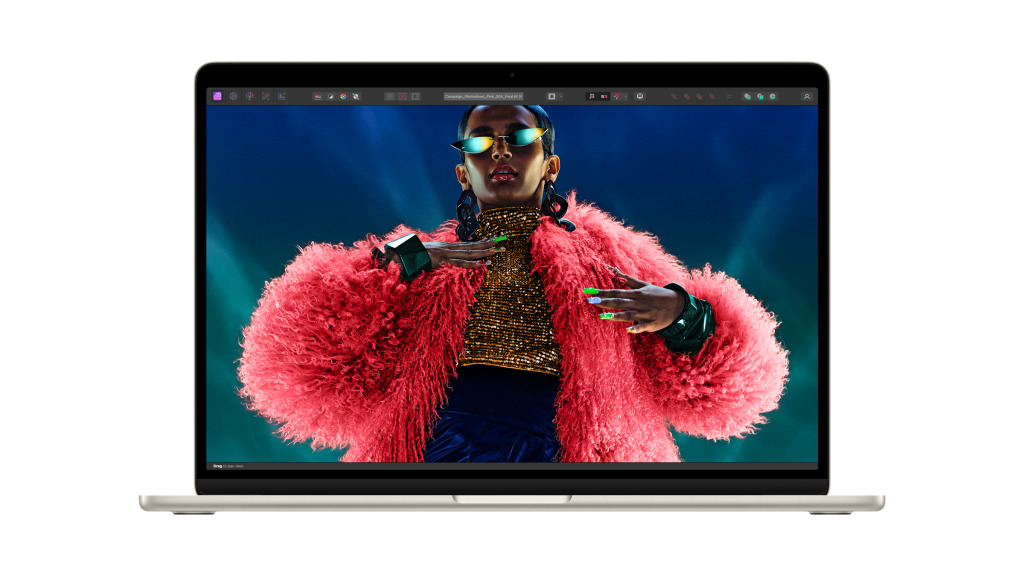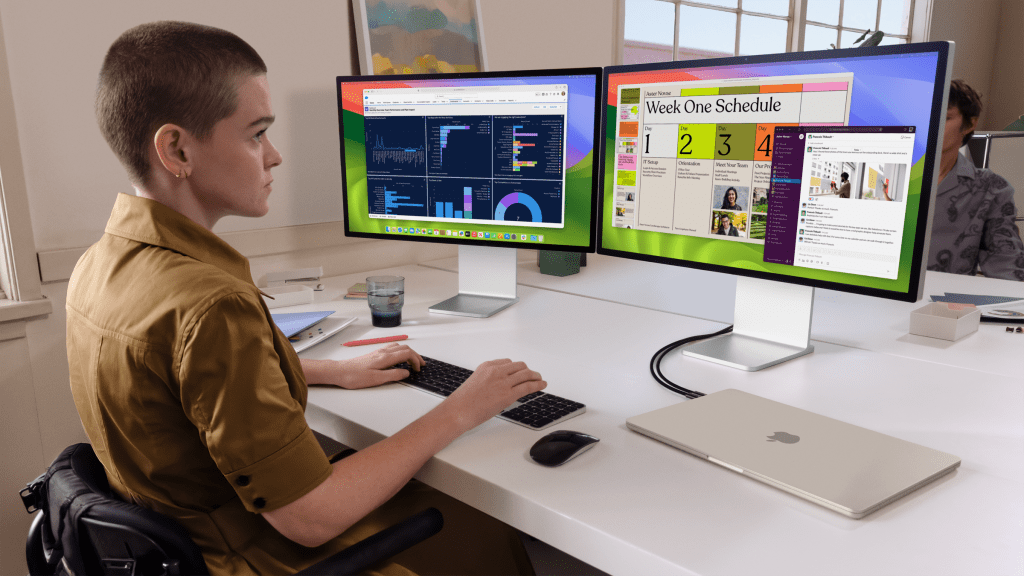One of Apple’s best-selling computers has undergone a facelift of sorts and while it might look near identical to its predecessor, there’s some new features that we’re quite fond of. Here’s what you need to know about the new MacBook Air M3 2024.

Key Details
- Performance upgrade: New M3 Chip is up to 60% faster than the M1 model.
- Design Unchanged: Retains the thin, lightweight design with aluminium unibody construction.
- Battery Life: Up to 18 hours of video playback, with a 70W USB-C power adapter for fast charging.
- Improved Connectivity: Supports up to two external displays (even when the lid is closed) and features Wi-Fi 6E for faster internet speeds.
- Enhanced Camera and Audio: 1080p FaceTime HD camera and a sound system supporting Spatial Audio.
- Price: Starting at A$1,799 for the 13-inch model with 8-core CPU and 8-core GPU, and A$2,199 for the 15-inch model with 8-core CPU and 10-core GPU.
Same design (not angry about it)
First impressions matter, and the MacBook Air with M3 doesn’t veer off the path its predecessor has successfully laid out. It retains its ultra-thin profile, now iconic in the tech community, measuring a mere 1.13 cm in thickness, and maintaining its lightweight status at just around 1.24 kg for the 13-inch model.
The Midnight colour option, while aesthetically pleasing, has been a topic of contention regarding fingerprint visibility. Apple’s response, an anodization process aimed at reducing smudges, seems to be a step in the right direction, although not entirely eliminating the issue.
A display that nearly steals the show
The Liquid Retina display on both the 13.6-inch and 15.3-inch models is, in short, quite impressive given the size of laptop. Coverage across the P3 wide colour gamut ensures that colours pop with vibrancy and accuracy. However, the absence of ProMotion technology, found in the Pro models, leaves a gap that possibly could have been filled, especially given the premium positioning of the MacBook Air in the market.

More power than you’d expect from an Air
While it might seem underwhelming to focus on, the real heart of the new MacBook Air is the M3 chip, which promises up to 60% faster performance than its M1 counterpart. The 8-core CPU and up to 10-core GPU configuration offer a smooth and responsive experience, whether it’s browsing with multiple tabs open, editing 4K videos, or enjoying graphic-intensive gaming.
The addition of a 16-core Neural Engine underscores Apple’s commitment to AI and machine learning capabilities, enhancing tasks from voice recognition to real-time photo editing.

Worth the upgrade?
For users like myself operating on older Intel-based models or the first-generation M1 MacBook Air, the upgrade presents a compelling case. As mentioned, the M3 chip offers significant performance enhancements, notably a 20% increase in CPU speeds compared to the M2 and a 35% leap over the M1, alongside improved energy efficiency and advanced AI capabilities.
Price tag aside, the difference in basic performance is enough to justify the upgrade when you consider the hours logged on the device.
If you’re planning on using it for work, the addition of support for two external displays and Wi-Fi 6E only adds to the case – whether it be the 13 inch or 15 inch.
For those already using the M2 model, the gains, while appreciable, may not justify the immediate investment
A breath of fresh Air for Apple?
It’s been an interesting year so for the tech giant which has seen it abandon its long-rumoured plans for an electric car, the arrival of the Vision Pro and more drama surrounding the Apple Watch’s blood oxygen feature.
Overall, Apple represents a wildly successful investment on a longer-term basis, as its nearly 36% annualised total return over the last two decades far outpaces the S&P’s 10% annual return. Apple, which was the world’s most valuable company by market cap for most of 2021 to 2023, ceded its most valuable crown to Microsoft in January.
The changing of the guard comes as Microsoft’s top-line and bottom-line growth far outpaces Apple’s, which reported negative sales and profit growth during its fiscal year ending in September.


